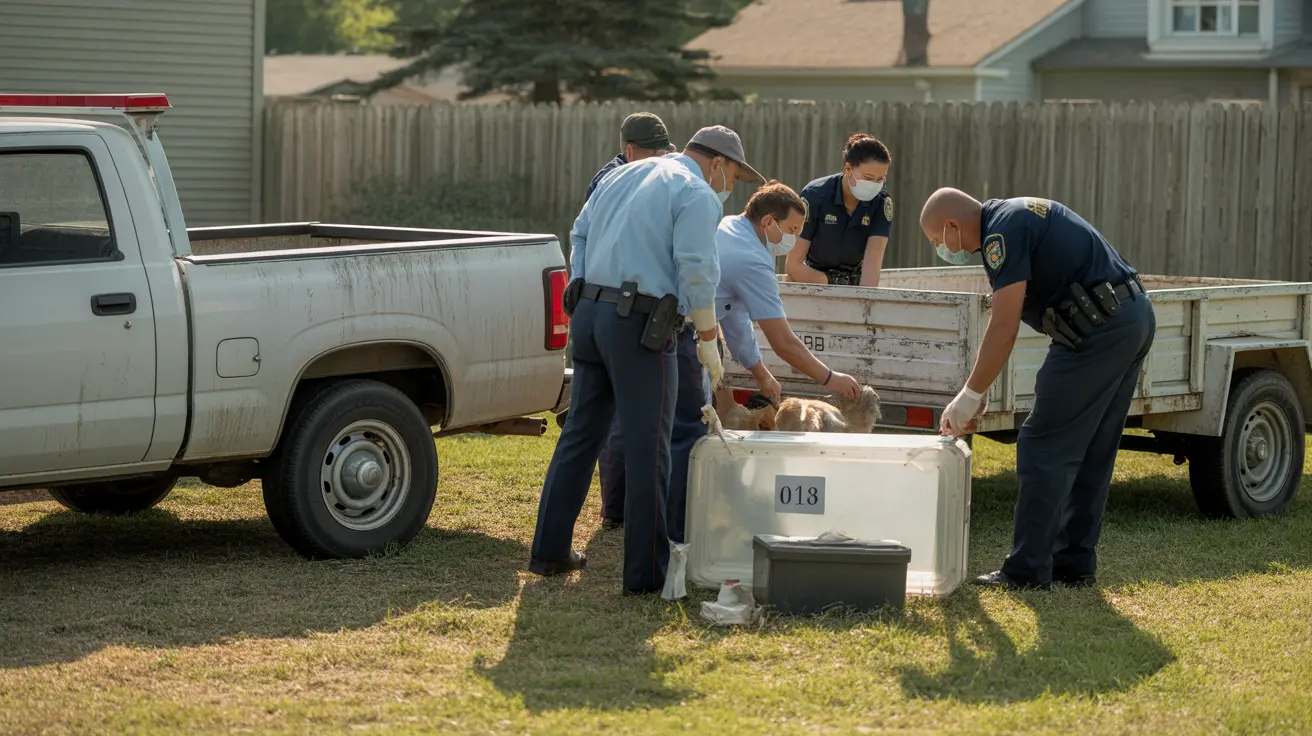How to Safely Give Eye Drops to a Scared Dog
Administering eye drops to a nervous or frightened dog can be a challenging task. However, with patience, proper technique, and some preparation, it’s possible to treat your pet effectively while minimizing stress for both you and your dog. Eye drops are vital in treating conditions such as infections, glaucoma, allergies, corneal injuries, and dry eye. Here's a comprehensive guide to help you understand how to apply them even when your canine is scared.
Understand Why Your Dog May Be Scared
Dogs can become scared due to unfamiliar sensations, nervous owners, prior negative experiences, or discomfort from the eye condition itself. Recognizing these triggers helps you approach the situation more empathetically and effectively.
Preparation Steps
- Wash your hands before and after touching your dog's face.
- Gather all medications and supplies in advance, keeping each dropper or bottle with its correct cap.
- Choose a quiet space free from distractions, preferably with good lighting.
Securing Your Dog
If your dog is small or medium-sized, place them on a stable, non-slip surface like a table with a towel. For bigger dogs, work on the floor. You can use a towel or blanket to gently wrap the dog’s body, leaving only the head exposed. This technique provides gentle restraint and prevents sudden movements.
Using a Calm and Steady Approach
Dogs sense your emotions. Stay composed and speak gently. A calm presence can soothe an anxious pet. Reward your dog with treats or comforting words before and after the process to create a positive association.
Step-by-Step Application of Eye Drops
- Position yourself next to or behind your dog without crowding their face.
- Support the chin gently with one hand and tilt the head so the nose points upward.
- Hold the bottle between your thumb and index finger of your dominant hand. Use the heel of that hand to rest slightly behind the dog's forehead for stability.
- Use the non-dominant hand to pull down the lower eyelid, creating a small pouch. Alternatively, you can lift the upper eyelid instead.
- Bring the tip of the bottle close (without touching the eye) and squeeze the prescribed number of drops into the lower eyelid pouch or eye surface.
- Release the head and allow your dog to blink naturally to spread the medication.
- Offer praise or a treat immediately afterward to reinforce cooperation.
Important Do’s and Don’ts
- Never touch the tip of the dropper to your dog’s eye or skin—it risks contamination or injury.
- Don’t blink the eyelids for your dog. Let blinking occur naturally.
- Missed application? Try again after a short pause. Do not double-dose.
- Notice irritation? Consult your vet in case of continued redness, swelling, or discomfort after application.
Tips for Difficult or Squirmy Dogs
- Have a second person help gently restrain the dog.
- Desensitize your dog by practicing face touches paired with rewards beforehand.
- Acclimate your pet to the bottle by bringing it close without applying anything, rewarding calm behavior.
- Be patient—trying again after a break often works better than forcing the process.
Alternative Form: Ointments
Some dogs may require eye ointment instead of drops. The method is slightly different:
- Hold the tube pointed away from the eye to prevent injury from sudden movement.
- Squeeze a thin strip of ointment along the lower lid's inner surface.
- Gently close your dog's eye, or massage the eyelid to distribute the medication.
Precautions and Veterinary Guidance
Always follow your veterinarian’s advice and dosage instructions. Never use human eye drops unless explicitly prescribed by your vet. Immediate veterinary attention is essential if your dog continues to appear distressed or shows new symptoms after application.
Conclusion
Administering eye drops to a scared dog takes preparation, patience, and a gentle touch. By understanding your dog’s needs and using calm, supportive techniques, you’ll make the experience less stressful and ensure effective treatment of your dog’s eye condition.





